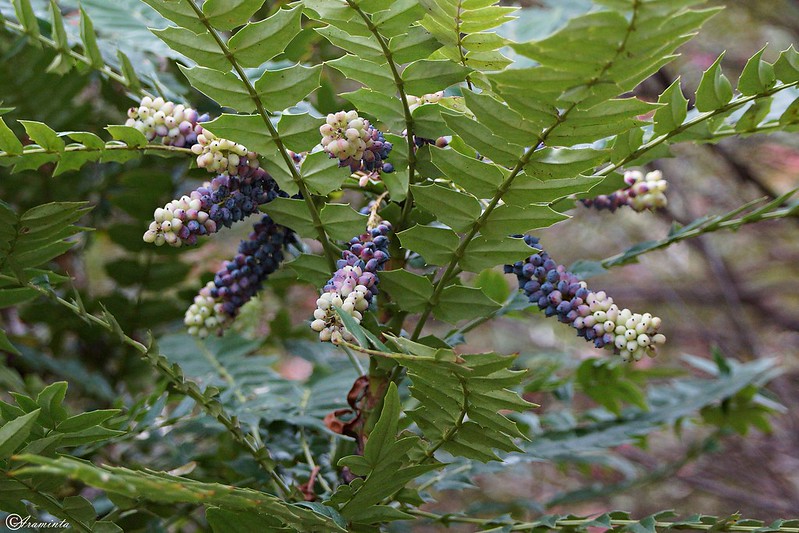I must be getting old![]() , I think Woko told me last year what this is? All I remenber is that it is a Queensland plant. I didn't plant it, it was there when we bought the house.
, I think Woko told me last year what this is? All I remenber is that it is a Queensland plant. I didn't plant it, it was there when we bought the house.
Sorry Woko, can you tell me again? Try not to forget![]()
![]()


| Term and Conditions | Privacy Statement | Web Support by Gaia Resources Hosted by Serversaurus |  |
Are you sure it was me that identified this plant for you, Araminta? If it was I certainly don't recall what it was & I've looked through several of my plant books without success. Sorry.
I had a look in my plant ID books as well, and would suggest that if it's a Qld plant it's probably further north than the SE Qld area, as I can't find it in local guides or the sub-tropical rainforest book ("The Red Book").
It does look kind of rainforest-y in my opinion though.
Cheers
Tim
Brisbane
That is mahonia lomariifolia. It is not tropical at all, more of a temperate climate plant. It is very good for attracting birds to your garden because it has flowers in winter that the honeyeaters love, then fruit in spring that the silvereyes and other fruit eaters love. It helps birds get through the times with little food, also cats can't climb it because the leaves are so spiky. the fruit are also edible.
I have seen our mahonia with about 6 honeyeaters of 3 different species feeding at the same time.
Thanks Greg, that's interesting to know.
Googling helps me understand why I can't find it in my native plant books as according to Wikipedia, it is native to Burma, China and Taiwan.
Cheers
Tim
Brisbane
If it's native to Burma, China & Taiwan that would strongly suggest that it shouldn't be planted in Australia unless there's total confidence it's not an invasive species. Even if it's not an invasive species why not plant indigenous species in order to attract indigenous birds?
Mahonia is not an invasive species to my knowledge, and has been grown for some time in Australia. There are not many native species that provide good food for honeyeaters in winter. If you want to attract birds to your garden the idea is to make it more rewarding than the surrounding area. It would seem wasteful to me to remove a plant that is providing good food and habitat for native birds, when any replacement would take years to grow.
wow, looks like a great plant. Fruits are like lily pilly shape, and attacts many honeyeaters. mmm
See it! Hear it!
Mid-North Coast NSW
That's a good point, GregL & highlights the care needed before removing non-indigenous plants which provide resources to native birds. However, you might like to do a search on thyamin deficiency in Red Wattle Birds (due to the planting of species which flower outside normal indigenous flowering times). There's a danger that planting species outside indigenous flowering times prevents some native birds from migrating to where they would normally acquire specific food sources that they require.
yes Woko with less native bush land around, due to urban sprawl, nature is trying to hang on. So migrating could be more dangerous then eating a few weeds.
See it! Hear it!
Mid-North Coast NSW
Yes, Darin, it may well have come to this in many areas.